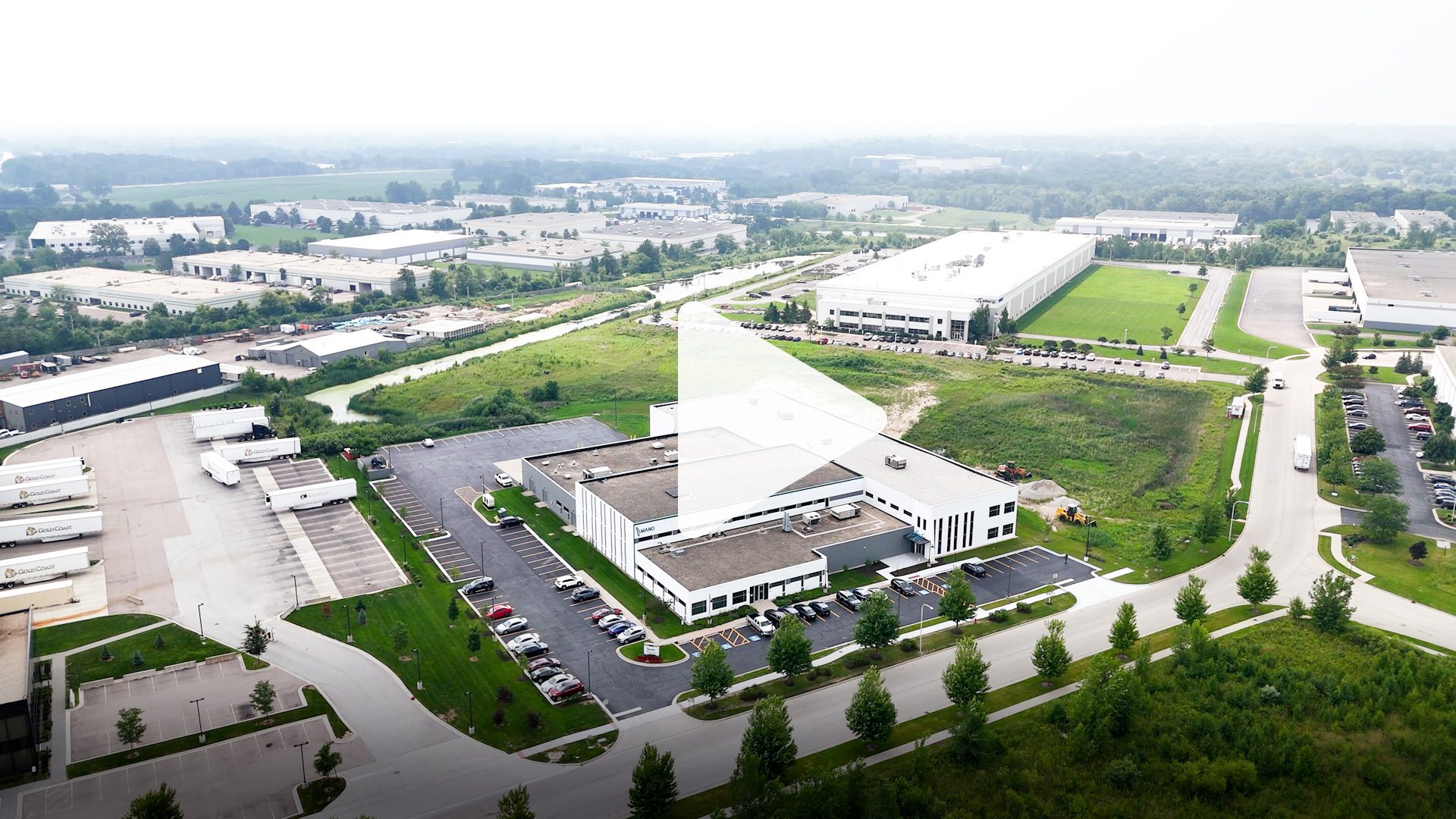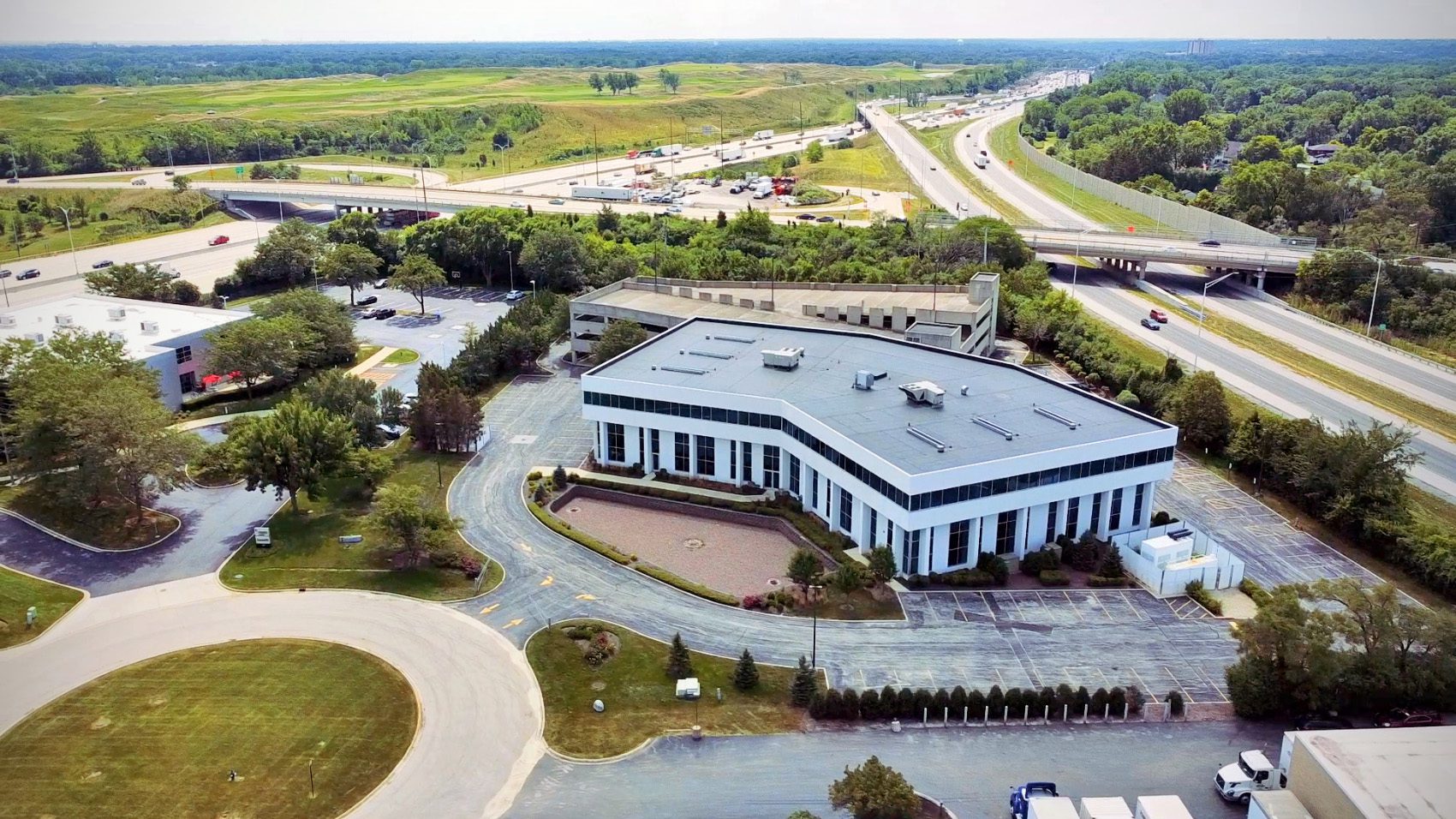August 2012
Nobody home at suburban office parks
As seen in the Chicago Sun-Times
BY DAVID ROEDER
Motorola Mobility, via its purchase by Google Inc., is trading in its digs in Libertyville for prime space in Chicago’s Merchandise Mart, becoming the latest jobs installation from the suburbs to make the transfer downtown.
It’s another example of how the isolated, splendidly landscaped corporate base in the suburbs has fallen out of favor. Motorola Mobility joins many other companies moving some or all of their work forces from outlying areas to what used to be called, with negative implications, the “inner city.”
BP Amoco, United Airlines, and that part of the old Sara Lee that won’t be based overseas have made the change or are planning it. Willis Group Holdings consolidated offices around the Chicago area into Sears Tower and bought the naming rights.
Even the other half of the reconstituted Motorola, now called Motorola Solutions, is sending some workers from Schaumburg over to Michigan Avenue with fanfare that includes putting a Motorola sign on top of a Daniel Burnham building.
What does this mean for the office parks left behind? In the immediate term, it means emptiness and distressed valuations. Beyond that, it means developers and suburban officials need to put on their thinking caps.
Office space in the suburbs has been a hard sell since the financial crisis struck in 2007 and entwined with the collapse of the housing market. As of this year’s second quarter, the marketwide vacancy rate in the Chicago suburbs was 23 percent, a rate that’s close to a post-crisis high, according to a report by MB Real Estate.
The downsizing AT&T is a drain on the suburbs. It has for months listed its 1.5-million-square-foot facility in Hoffman Estates for sublease.
MB noted that other former single-user buildings are on the market. Available for sale or lease is a large former Kraft building in Glenview, a vacant Allstate campus in South Barrington and the former United Airlines home in Elk Grove Township, MB said.
They’ll be joined on the market now by Motorola Mobility’s lush Libertyville location.
I can think of one or two of these properties that might make a good park and recreation center. The United property even has some desired facilities already built in — a swimming pool and four tennis courts.
But these compounds by and large must look to the private market for a new reason to exist.
Daniel Miranda, president of HSA Commercial Real Estate, said possibilities include turning some campuses into retail centers, perhaps outlet malls, or converting them for medical or educational uses. Some suburbs, Miranda said, may wish to convert the campuses into a carefully planned “mini-town.”
Some buildings could be renovated to accommodate multiple tenants.
Miranda said that about the only type of company that remains committed to the suburban campus environment are pharmaceutical firms such as Abbott Laboratories or Astellas, which opened a new U.S. headquarters in Glenview. “It’s a business with a lot of intellectual property involved and they don’t want to share it,” he said.
Many analysts have said a desire to recruit younger, tech-savvy workers drives the job shift to downtown. Tony Smaniotto, senior managing director at Studley Inc., said cost control is another factor.
Downtown space is associated with higher rent and taxes. But Smaniotto said companies can realize savings by putting people in space that’s more efficient than a suburban campus, where grounds must be landscaped and atriums heated.
“When companies are under financial pressure, labor and real estate are two expenses to throttle down right away,” Smaniotto said. “The corporate real estate needs to be much more nimble and flexible.”
What we have here is a full-bore real estate trend, but nothing like it lasts forever. Some of the companies marching downtown marched out of it decades ago, when CEOs were more concerned about their own commutes than those of their employees. Not everyone wants to work near bars and theaters, so the market’s pendulum might reverse some day.
Art Burrows, senior vice president at NAI Hiffman, said the suburbs will come back when there’s a clear price advantage and housing improves. Already, he said, taxes that office tenants pay are helping collar-county buildings at the expense of those in Cook County, where commercial property is assessed at a higher rate.
“A tenant in Oak Brook [in DuPage County] might have to pay $1 a square foot in taxes. In Schaumburg [Cook County], that becomes $5 a square foot,” Burrows said.
But for now, he said, suburban buildings that are poorly located or have few amenities will be in weak positions.
As of now, just about every economic and social trend, from high gas prices to corporate priorities for a diverse workplace, works in favor of downtown Chicago.
Motorola Mobility is bringing 3,000 people, mostly young, into the Merchandise Mart. But will a suburban job look better to those folks when they start raising families?
David Roeder reports on real estate at 6:22 p.m. Thursdays on Newsradio 780 and 105.9 FM WBBM. The reports are repeated at 10:22 p.m. Thursday and 7:22 a.m. Sunday.


